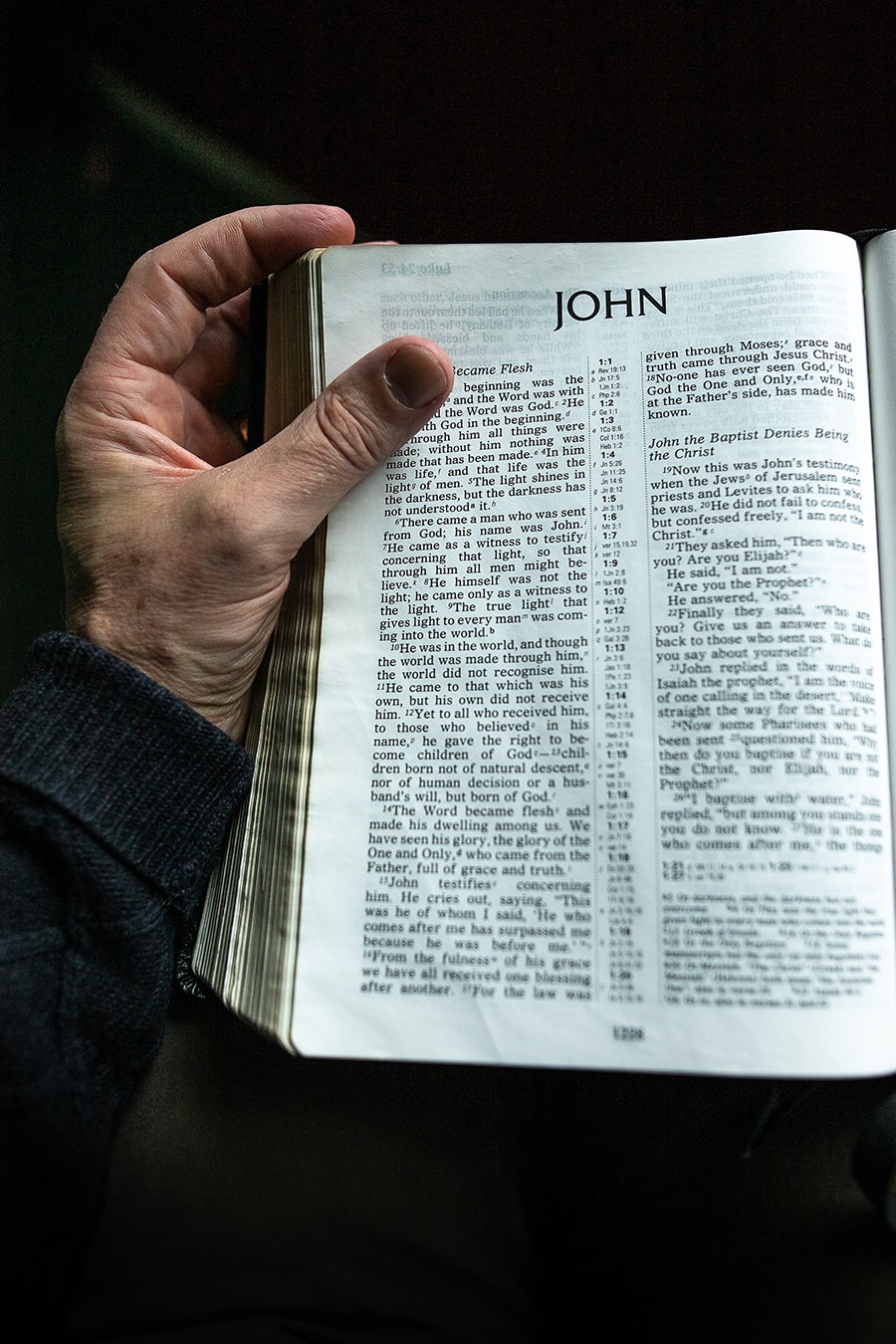The question, “Who is the founder of Anglicanism?” might provoke amusement or even skepticism for those well-versed in church history. After all, many religious traditions emerge from a complex interplay of influences rather than the vision of a single archetypal figure. Yet, tracing the origins of Anglicanism can lead to intriguing insights into its nature and development.
To understand Anglicanism’s roots, one must first acknowledge the environmental and political circumstances of 16th-century England. The Reformation, a seismic movement challenging the ecclesiastical authority of the Roman Catholic Church, established a fertile ground for theological innovation. Key figures emerged within this milieu, but it would be remiss to attribute the entire inception of Anglicanism to just one individual.
Henry VIII, the King of England renowned for his six marriages and consequential role in the English Reformation, is often regarded as a pivotal figure in the formation of Anglicanism. In a quest for marital annulment, he found himself at odds with Pope Clement VII, who refused his request. This personal dilemma ignited a political and spiritual upheaval that would forever alter the course of English Christianity.
In 1534, Henry VIII enacted the Act of Supremacy, which declared him the “Supreme Head” of the Church of England. This act was not merely an assertion of authority but represented a monumental shift wherein the English monarchy displaced papal sovereignty over ecclesiastical matters. Consequently, while Henry VIII’s motivations were largely pragmatic, his actions laid the groundwork for the establishment of Anglicanism as a distinct faith tradition.
However, labeling Henry VIII the “founder” of Anglicanism may oversimplify a deeply nuanced narrative. The intricate tapestry of Anglican origins is woven with the threads of successive reformers who further shaped its theological and liturgical identity. Key among these figures is Thomas Cranmer, the Archbishop of Canterbury, whose contributions would prove significant in formalizing Anglican doctrine and worship.
Cranmer was instrumental in the creation of the Book of Common Prayer, first published in 1549. This liturgical text became the backbone of Anglican worship, promoting a unique blend of Protestant and Catholic elements. His theological framework championed the authority of Scripture and the necessity of grace through faith, diverging from some Roman Catholic teachings while still maintaining essential elements of the Christian tradition.
To add complexity, the English Reformation did not occur in isolation. Influences from continental reformers, especially Martin Luther and John Calvin, played a crucial role in shaping Anglican thought. The Protestant Reformation in Europe set forth a challenge to all denominations of the Christian faith, prompting reflections on authority, sacraments, and ecclesial governance. These discussions permeated the Anglican tradition, leading to a unique synthesis of ideas where Catholic roots intertwined with reformative ethos.
As the Anglican Church began to solidify its identity, further challenges arose during the reign of Elizabeth I. The Elizabethan Religious Settlement of 1559 sought to establish a via media, or middle way, between Catholicism and Protestantism. This attempt at inclusivity aimed to unify the kingdom’s diverse religious factions while simultaneously affirming Anglican distinctiveness. The resulting doctrines, vestments, and the liturgical calendar reflect an intricate balancing act between tradition and reform.
Additionally, the legacy of Anglicanism cannot be understood without acknowledging the influence of the Thirty-Nine Articles of Religion, established in the late 16th century. These articles provided a doctrinal framework that further delineated Anglican beliefs regarding scripture, sacraments, and ecclesiastical authority. By emphasizing a commitment to both scripture and tradition, the Articles reinforced Anglicanism’s identity as a faith community grounded in historical continuity yet responsive to the Spirit’s leading.
In the ensuing centuries, Anglicanism continued to evolve, adapting to various cultural contexts while maintaining core traditions. The colonial expansion of Britain catalyzed the spread of Anglicanism beyond its geographical confines. As it permeated through North America, Africa, and Asia, the church encountered local customs, leading to the establishment of distinct yet related expressions of faith across diverse cultures.
This global Anglican Communion exemplifies the church’s adaptive ethos, allowing for a pluralistic understanding of faith within unity. Different provinces may interpret doctrine and worship practices uniquely, engendering a rich mosaic of Anglicanism throughout the world. Hence, while Henry VIII and Cranmer are undeniably central to Anglicanism’s emergence, the tradition’s continued vitality derives from its capacity to engage with myriad cultures while remaining anchored in its foundational principles.
Inquiring minds might wonder: if there’s no singular founder of Anglicanism, what does this plurality mean for the church’s unity? This question encapsulates an ongoing dialogue concerning identity and diversity within Christianity. The challenge lies in reconciling the multiplicity of interpretations while fostering a cohesive community that embodies the essence of Christ’s teachings.
In conclusion, Anglicanism’s roots embody historical depth and theological richness. From the political machinations of Henry VIII to the liturgical innovations of Thomas Cranmer and the expansive outreach of the Anglican Communion, the narrative illustrates a tradition marked not by the authority of a single founder, but by the contributions of many faithful believers throughout the ages. As the church continues to navigate contemporary challenges, reflection upon its foundational stories may guide its journey toward a united and vibrant expression of faith.



